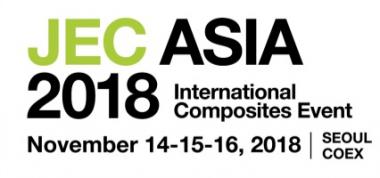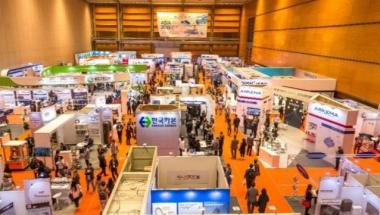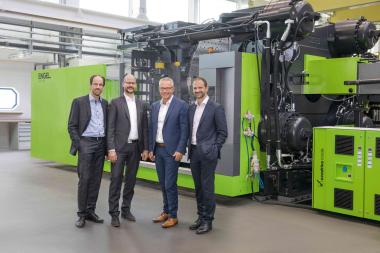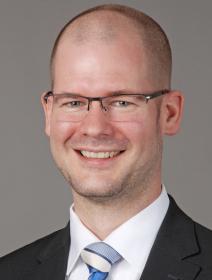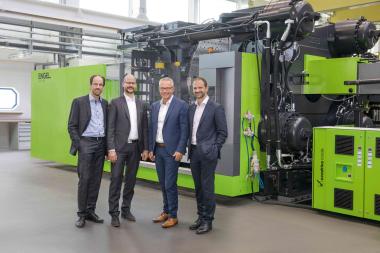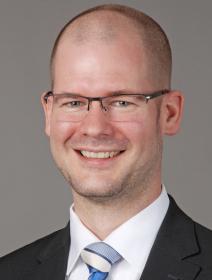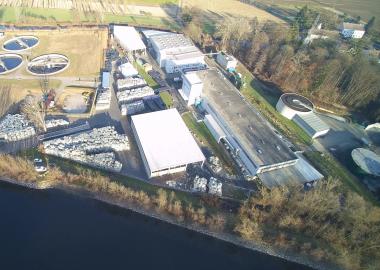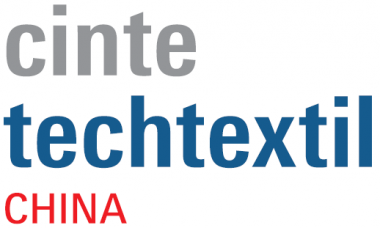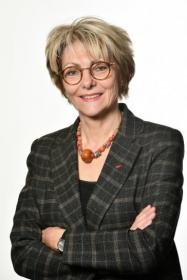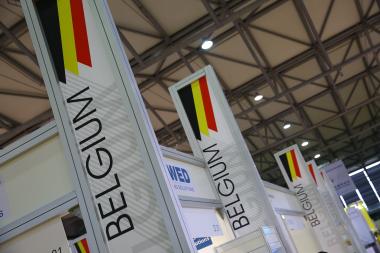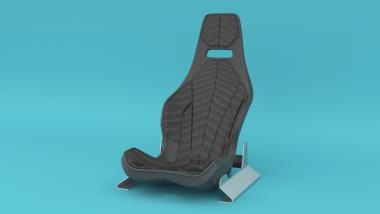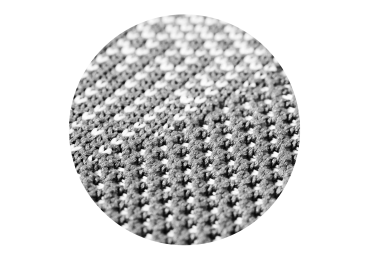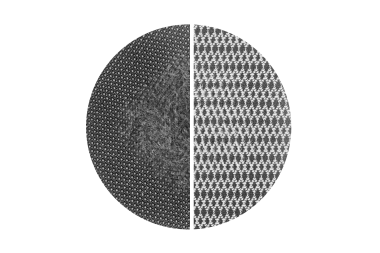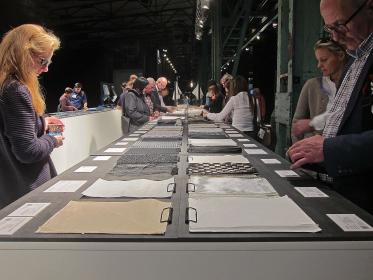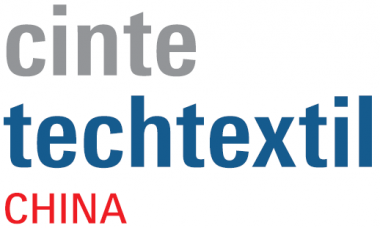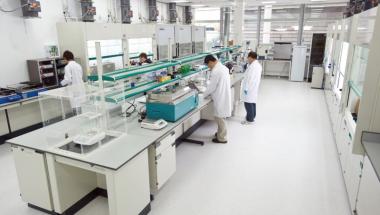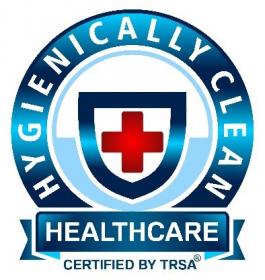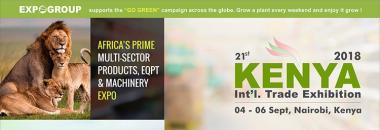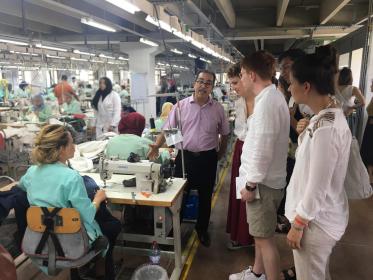JEC Asia returns to COEX, Seoul
- Back to Seoul: JEC Asia gathers the composites industry in Korea for its 11th edition
- JEC Asia, November 14-16, 2018 – COEX Center, Seoul, South Korea
Paris - After the record-breaking figures of the 2017 edition, that marked the move of JEC Asia from Singapore to Seoul, the event is returning to the capital city of the Republic of Korea with a strong program, not only on the exhibition floor, but also in the conference sessions and all services at the disposal of every attendee.
“We are very grateful for the support of the industry, government bodies, and academics, regarding the evolution of JEC Asia, that has led to the success of the platform. Indeed, 90% of the show floor is already booked which bodes well for the preparation of the event.” Commented Christian STRASSBURGER, Events Director Asia for JEC Group.
“On top of that, the event is truly international, as 45% of the exhibitors are coming from outside Asia. JEC Asia will welcome pavilions from Germany, France, Italy, Japan, China and Singapore, as well as the major composite clusters in Korea.” He added.
FOCUS ON THE AUTOMOTIVE INDUSTRY
The future of mobility is a hot topic for composite materials and JEC Asia will represent, promote and provide information about the increasing integration of composites in automotive developments.
Numerous programs will be offered, such as a whole day conference on Composites in Automotive, a Leadership Composites Circle, an Auto Planet, showcasing parts, a B2B meetings program, a JEC Innovation´Award category and Composites tours (site visits of composite-related facilities).
Finally, for the second time, JEC Asia will host the International Carbon Festival, organized by KCTECH and the Jeonju region, with top-notch conferences and international speakers.
Key Figures 2017
- +230 companies
- 6,271 professional visits
- 43 speakers
- 42 countries represented
- 12 JEC Innovation Awards
- 400 B2B meetings
- 2 Composites Tour
AGENCE APOCOPE


